A medieval foundation’s attempts to take ownership of large swathes of land in Gozo could soon face a serious threat as parliament is set to discuss legal changes that would enable the minister and the State Advocate to revoke the land registrations.
Notaries who spoke to The Shift and Lovin Malta, who have been running a joint investigation into Gozo’s land grab saga, described the power set to be given to the minister to revoke all registrations in any given area as a “nuclear option”.
If employed in Nadur, it would, at a stroke, revoke the foundation’s registrations as well as all other registrations by anyone else in the area.
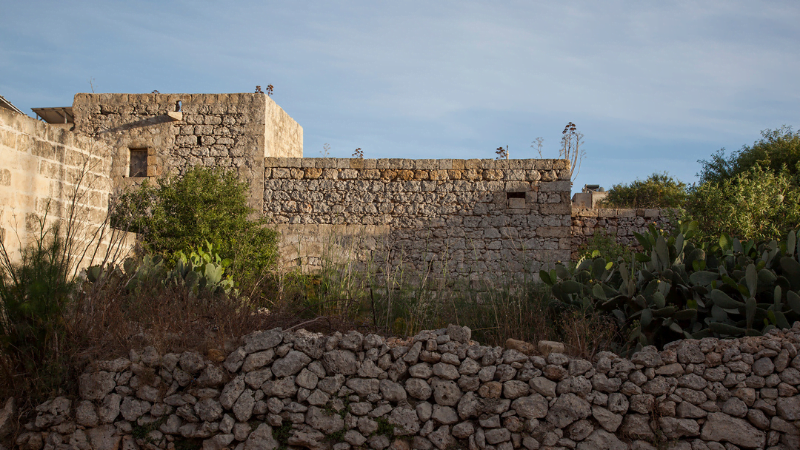
Nadur houses claimed by the foundation have been handed down over generations.
PN MP Joseph Ellis criticised such “collateral damage” in parliament last week.
It is a sentiment shared by notaries who spoke on condition of anonymity due to the politicisation of the issue. The Nadur registrations, and the government’s inability to revoke the foundation’s registration, has become a political exigency given the PL’s slim majority in Gozo in recent surveys. The political wisdom is that Gozo is often the first district to flip, and this has made Gozo an early battleground in an election year.
One notary said the government seems to have decided that the Nadur problem merits going nuclear instead of relying on a targeted strike.
Other legal additions to the Land Registration Act, which passed the second reading in parliament last week, also separately empowers the State Advocate to go to the constitutional court to seek to “impugn” approved registrations still under the preliminary title.
Registrations are only given a “guaranteed” title of ownership if they remain unchallenged after 10 years have passed since the approval of initial registration.
The State Advocate would be able to challenge the validity of registrations on grounds of “incorrect information or information which should not have led to the registration of the title” or, separately if the applicant had “kept hidden from the registrar facts or information which were relevant”.
This power would enable the State Advocate to challenge various registrations. These include the registration of Tal-Vardati, where the original deed submitted by the foundation had its first three pages omitted.
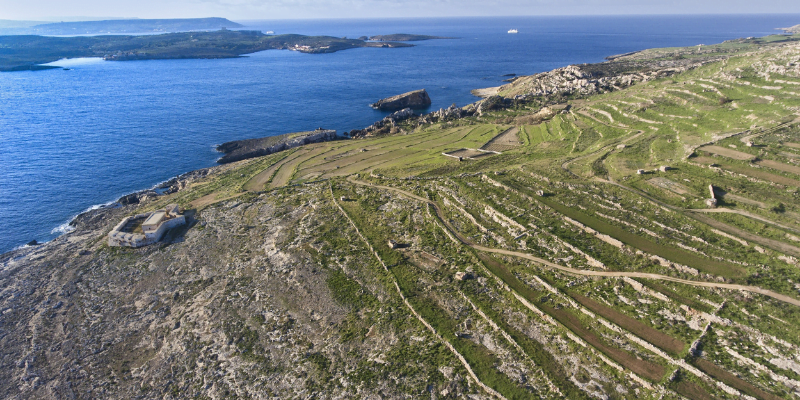
Tal-Vardati area in Gozo, which includes St Anthony Battery.
Another target could be Tas-Sajtun, the site where an application for a block of 71 flats has been suspended by the applicant after an extended family claimed in a letter to the Planning Authority they were owners of part of the land.
The hottest case would be the Nadur registrations approved last year. In this case, the State Advocate could latch onto a court judgement delivered in 1973 in which the foundation lost a bid to evict the landholders in Nadur.
Legal experts told the joint investigation that the foundation cannot mount court action for eviction over the same land – the action is res judicata in legal jargon. And a court may decide that the foundation’s application may have not been approved if lawyer Carmelo Galea, who had filed the application, had informed the Land Registry of this case.
It does not help the foundation – which is controlled by Galea, retired magistrate Dennis Montebello, and six Stagno Navarra siblings who claim to be descendants of the foundress – that it has signed deals with residents recognising the residents’ ownership through “acquisitive prescription” in return for payment of large sums.
A court may decide that this legal reality, which the foundation itself is accepting, constitutes the kind of “information which should not have led to the registration of the title.”
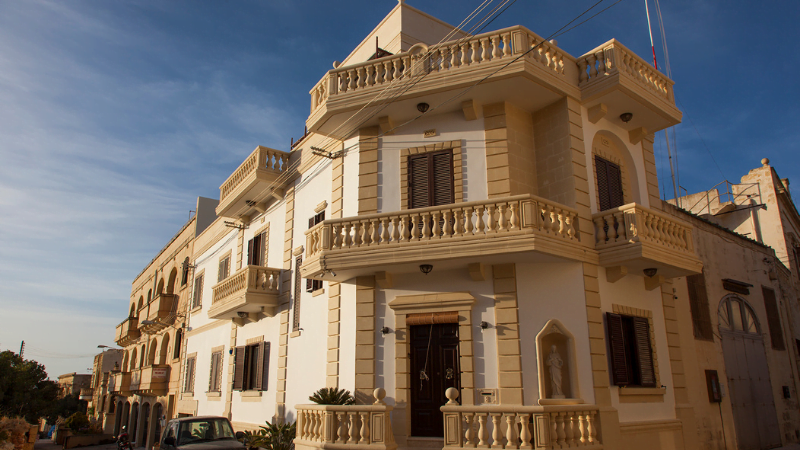
Some of the houses registered by the foundation in Nadur.
Registrations strengthened the foundation’s hand
The foundation has only been able to negotiate from a position of strength thanks to the acceptance of its applications for registration last year.
This is implied in the wording of the contracts with four residents, which states that the “application [for registration] was sustained by the Benefice [the medieval foundation] by the necessary historical documents and finally accepted as valid by the land registrar after sustained correspondence and despite strong opposition from various quarters.”
Above all else, approval of the registrations gave the foundation a preliminary title that can only be challenged in court. It is this scenario that the foundation has exploited – the contracts state that the parties forged the agreement to avert the possibility of ending up in court.
“Residents might feel that instead of spending seven years in court to resolve the matter,” a lawyer who analysed the contracts for the joint investigation said, “they might as well pay money to get rid of the foundation. I would certainly not give in to that kind of defeatism.”
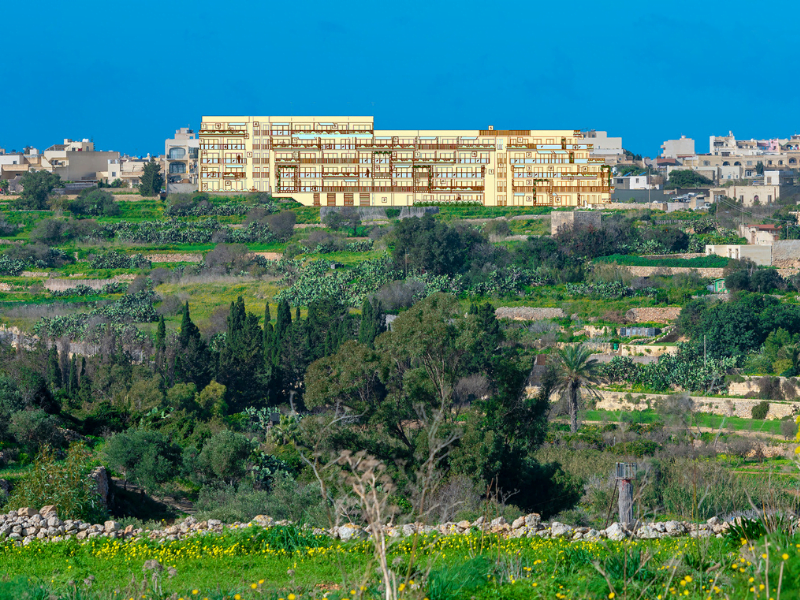
Computer-generated image of the block of 71 flats towering over Nadur farmland.
Botched investigations left Nadur residents in the lurch
A line-up of PN MPs criticised the proposed legal changes last week. Joseph Ellis indicated that at committee stage – which is the next stage of the bill in front of parliament – the PN would propose the widening of the Land Registrar’s powers under Article 51 of the Land Registration Act. This deals with “corrections” to registrations, including revocations in the event of fraud or error.
Probes by the joint investigation have found that attempts to revoke the registrations last years failed after a police investigation into corruption fizzled, and an analysis by a lawyer from the Office of State Advocate leant against revocations.
Yet the joint investigation can now reveal that the lawyer’s analysis was based on the wrong premise. The lawyer said that the applicant had submitted an old contract in which the boundaries of the registered area weren’t clear, and then argued that since additional information requested by the assistant land registrar at the time clarified the matter, the applications had been rendered correctly. He then pointed out that the law gave residents the chance to challenge the registration in court.
The probe has now found that the original deed dating to 1675 filed by lawyer Carmelo Galea with his applications did not even mention the area applied for, called Ic-Cnus tan-Nadur.
The Nadur lands were mentioned in another deed, dating to 1737, which was only submitted a few weeks after the applications had been approved by the former assistant land registrar, who then asked for further information after he wrote of “huge turmoil in all of Nadur.”
Legal experts said that there is a fundamental legal difference between registration approved despite unclear delineations and registration approved on the basis of a contract that does not even mention the area registered.
This is part of an investigative series being published jointly by The Shift and Lovin Malta about an ongoing land dispute in Gozo. The investigative team had strategic and research input by Caroline Muscat and Chris Peregin.

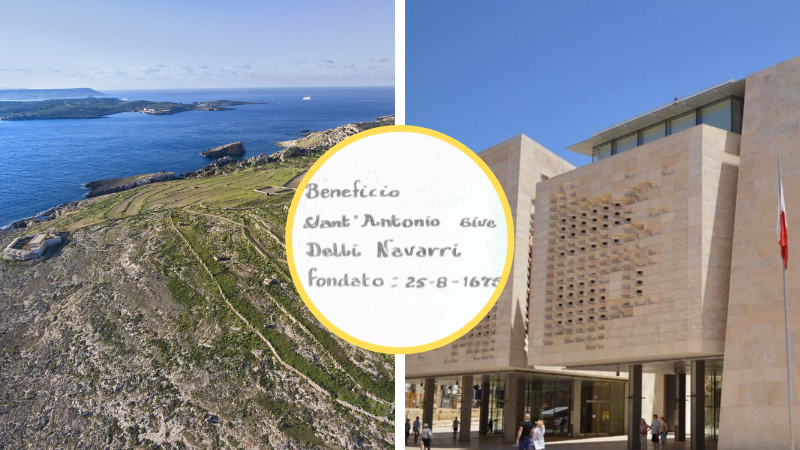


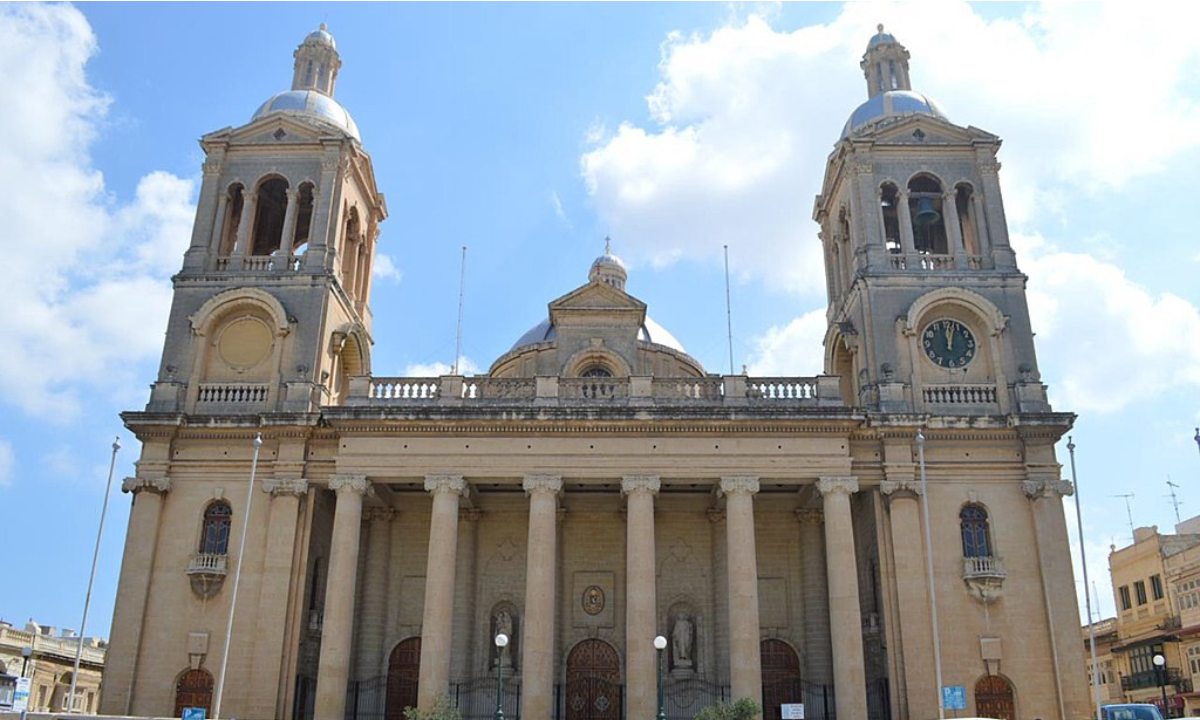








N nies tal Qala fottew kollox ghax bezghu w accettaw l flus u issa ghamlu l arja w qed ikomplu!
L-avukat Chalie Galea & Co ghamlu l-arja bl-ghajnuna tal-assistent registratur tal-artijiet (li mid-dehra issa rrezenja il-post tieghu) ghax skont dan l-artiklu qabad u rregistra l-art fin-Nadur fuq kuntratt li lanqas biss isemmi n-Nadur. Ghalhekk nibqa nghid li l-pulizija ghanda tinvestiga lil kull min hu involut f’din il-‘grab’.
Ma jistax ikun li jsir dan il-bullying minn certu avukati kontra Cikku l-poplu. Wara 350 sena li ilha li twaqqfet din il-Fondazzjoni, kif inqalghu issa l-avukati Galea u l-Montebello u hakmu dawn l-artijiet?
Il-gvern bl-ghajnuna tal-Oppozizzjoni jaghmlu sew u ma jhallux dawn il-manuvri li bl-iskuza ta’ Fondazzjoni li saret qabel gie Napuljun f’Malta, qed jinhatfu artijiet bl-addocc.
Hekk hu
If the inset picture is a snapshot of the writing on the actual deed, it looks suspicious to me. Something about the calligraphy does not look quite right, especially the use of the colon. I’m not totally sure the colon was used as a punctuation mark way back in the 1600s. They would have probably written it in long hand, back then they had enough time. And the writing itself looks like it was written by a child. Back then, very few people were capable of hand writing, and the writing on old notarial deeds is a joy to look at, adorned with serifs and strokes.